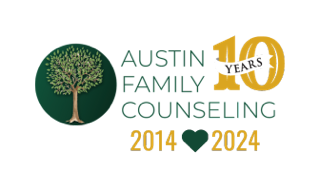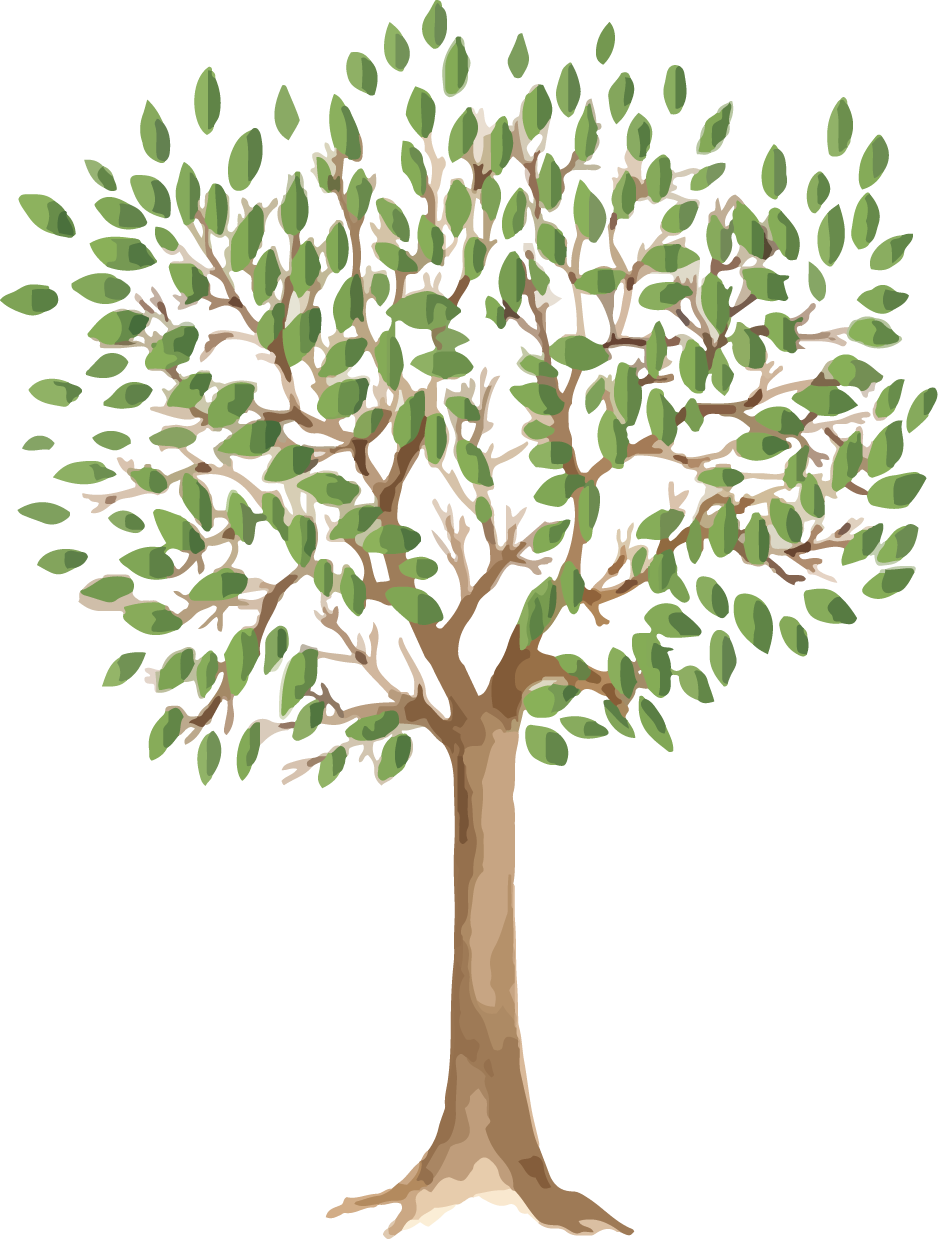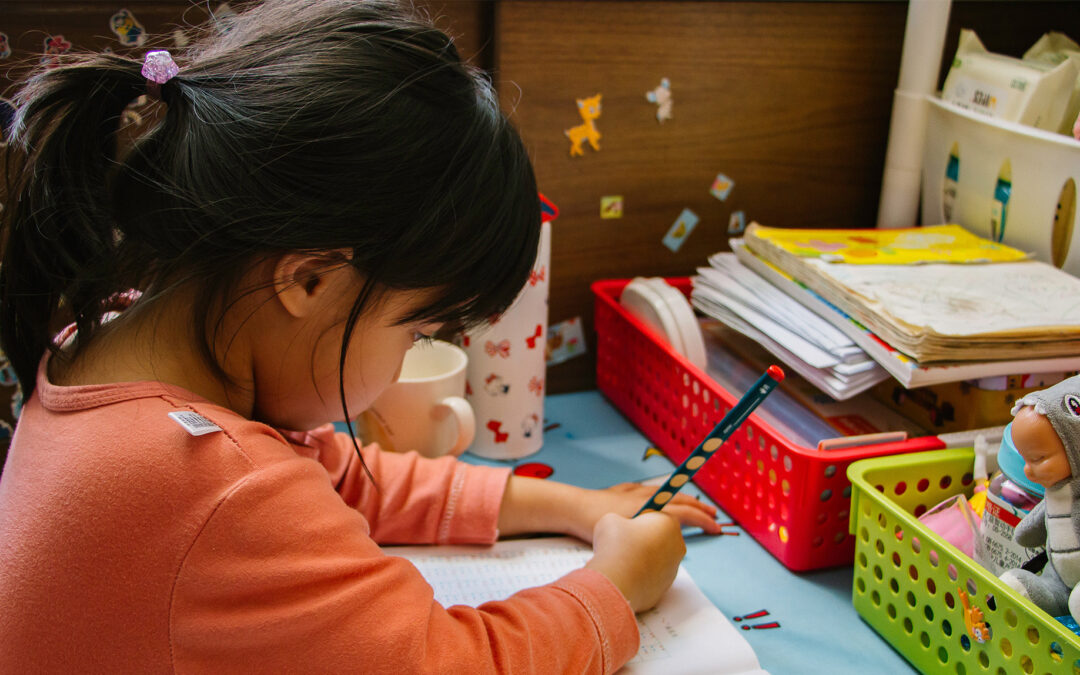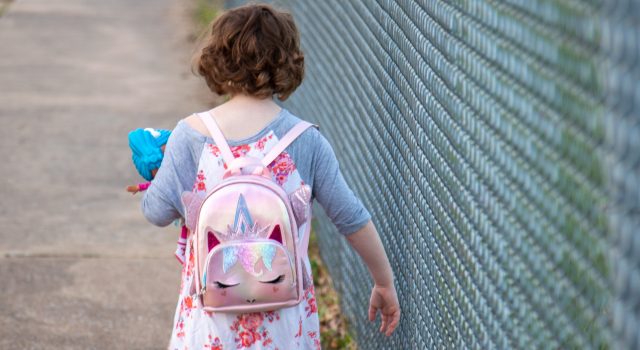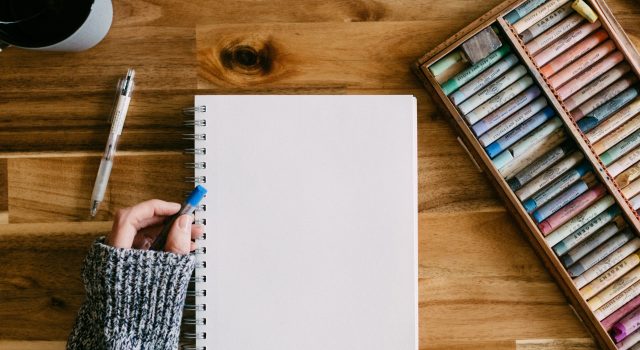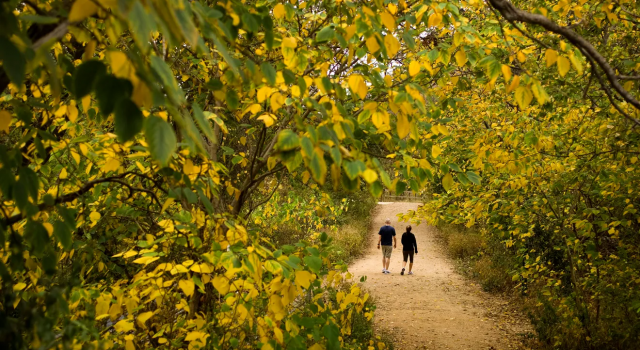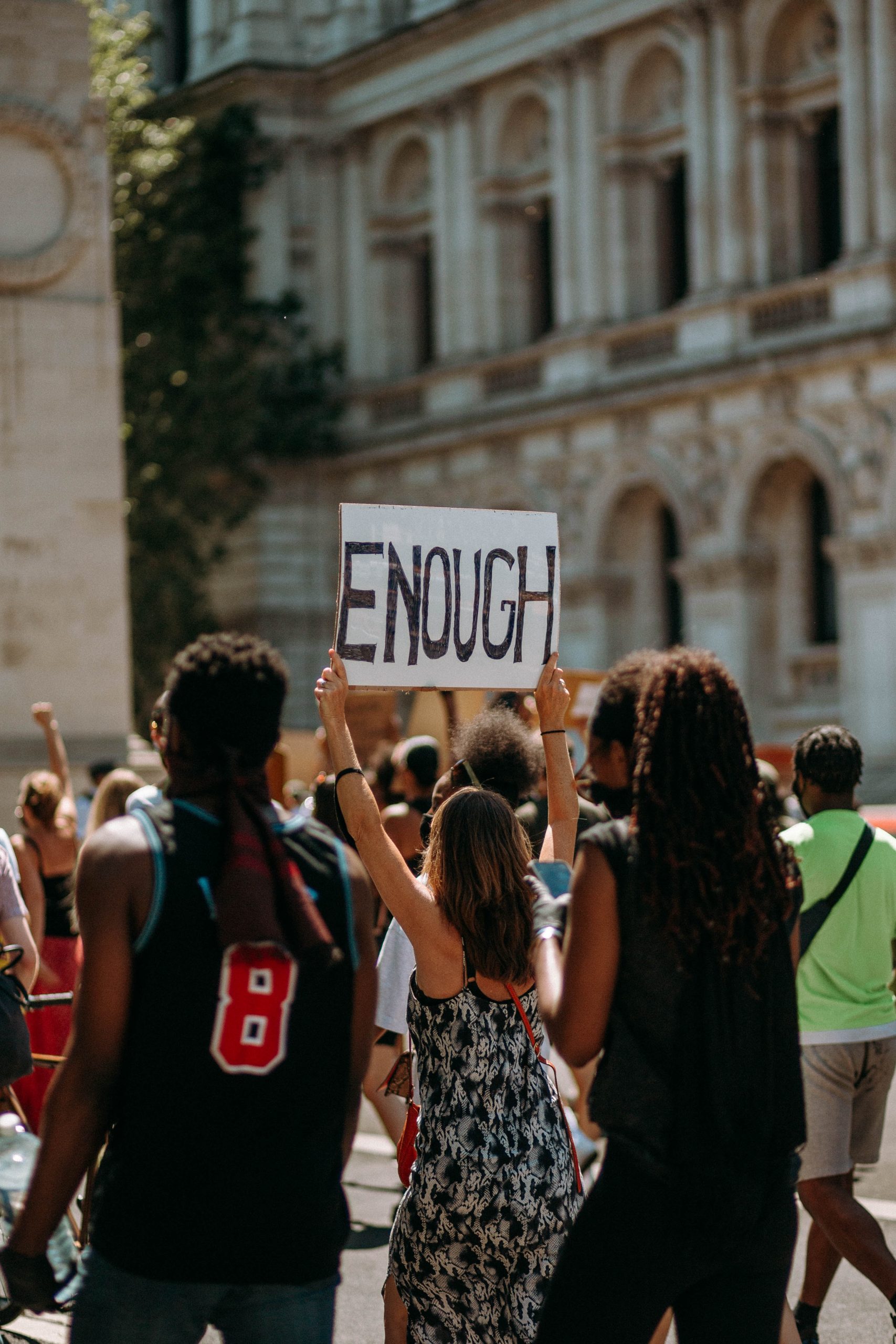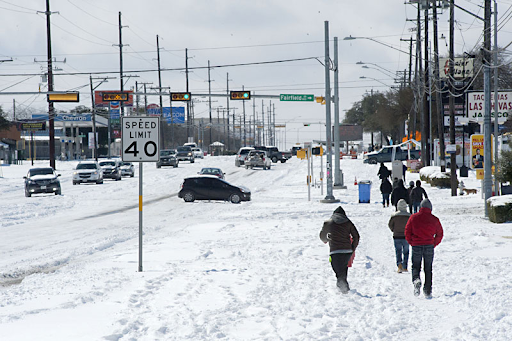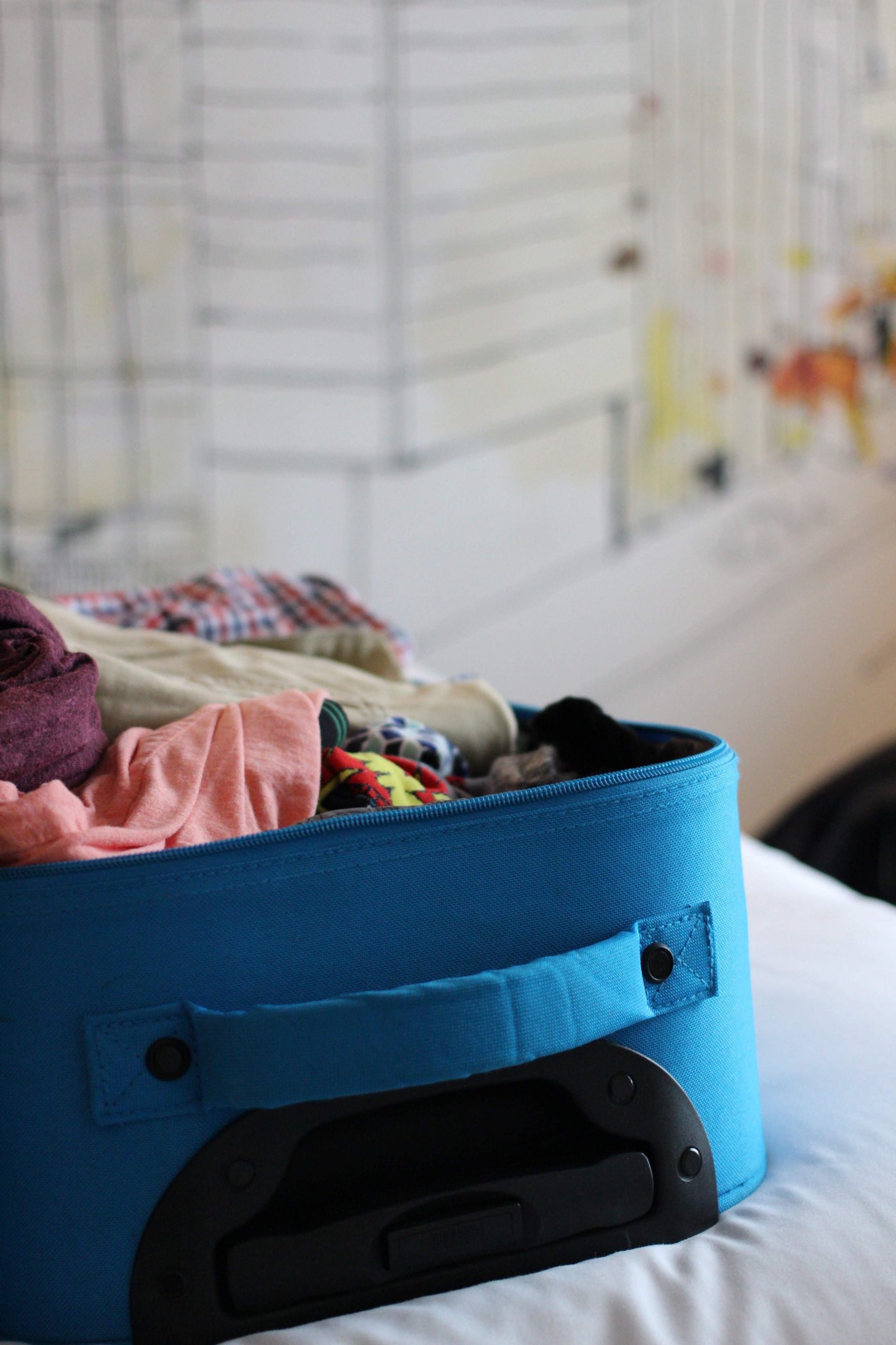Often, when we think about mindfulness, we think about meditation or a formal, structured exercise that helps us tune into our thoughts or somehow clear our minds entirely. Perhaps you have heard that mindfulness is good for children, that you can even practice it with your preschooler. Maybe you have tried this and it worked, or maybe you tried and your child squirmed, wiggled, and complained that it was boring. For some children, particularly those who are young, have experienced trauma, or appear to be bursting with energy, sitting still for more than a few seconds may seem impossible. Today, I want to share some ideas for sneaking simple, fun mindfulness activities into everyday life and everyday play. While mindfulness can be a discipline, a way of moving through the world, it shouldn’t cause added stress or power struggles.
So what is mindfulness?
According to Sylvia Boorstein, “Mindfulness is the aware, balanced acceptance of the present experience. It isn’t more complicated than that. It is opening to or receiving the present moment, pleasant or unpleasant, just as it is, without either clinging to it or rejecting it.” It can be practiced at any time, in any place, during any activity, without changing a thing except the way that you relate to the present moment.
Why practice mindfulness?
You might wonder, why even bother? I often have parents tell me that their children don’t seem to know how to calm themselves down, or they’ll explode, seemingly out of nowhere. When the parent asks what happened, the child may shrug, or say that they were mad. While they may have been angry, there were likely other thoughts or feelings that led them to express anger. If children (and adults) can tune into themselves in the present moment and notice their emotional and physical states, without judgement, they may begin to notice when difficult feelings are just starting to bubble up. How much easier is it to calm ourselves down when we’re just a little bit upset than when we’re hysterical? Mindfulness can help us connect the sensations in our bodies with our thoughts and feelings, thereby increasing our understanding of ourselves and our reactions. Further, research is showing that mindfulness can help children and teens who struggle with symptoms of ADHD and Anxiety. It gives them an experience of stillness and calmness. It helps them focus on the present moment without worrying about the future or lamenting the past.
While mindfulness is less about the specific activity, and more about our relationship with the present moment, the activities below can help facilitate the practice of mindful awareness. Ideally, these are practiced when your child is calm, and then can be used to help them return to calm when they begin to feel anxious, angry, or frustrated.
Mindful Listening
Tell your child that you are going to play a game. They can close their eyes if they’re comfortable doing so, or just soften their gaze. Tell them that you’re both going to listen carefully and see how many sounds you can hear. Pick an amount of time that you think is doable for your child, up to about a minute, and set a timer. When the timer goes off, compare notes on the different sounds you heard. This exercise could be completed on a nature walk or while sitting at your kitchen table.
Nature walk
Take a walk in nature and ask them to notice what they hear, see, feel, and smell. You can also have them find an object in nature and then explore it together with different senses.
Bag of Objects
Fill a bag with objects of different shapes, sizes, and textures. Have your child reach in without looking and describe what they feel. Have them guess what’s in there.
Bubbles
Blow bubbles together and notice the colors, sizes, and how/where the bubbles float. Blowing bubbles is a great way to practice breath awareness too–have your child take deep breaths, filling up their belly like a balloon, then breathe out slowly. They can even see how big or small the bubbles get depending on how quickly or slowly they breathe out.
Strike a Pose
Do a yoga pose together, such as tree pose. Have them imagine that one of their feet is rooted to the ground, and slowly lift the other until it is resting on their calf. See if they can raise their arms up to “grow” branches. Can they sway in the wind? You can ask them what sensations they notice in their body. If you or your child loses balance (which will probably happen), laugh together!
Rocking a Stuffed Animal
Have your child lie down on the floor with their favorite stuffed animal or doll resting on their belly. Tell them that you are going to rock their animal to sleep. Take slow, deep breaths together and notice how the animal moves up and down with their breath.
Chime or Singing Bowl
Tell your child that they are going to practice listening. Tell them that you will ring the chime or singing bowl and that you’ll both listen closely and see how long you can hear the sound. When they can’t hear it anymore they can raise their hand.
Engine Checks
One way to help children tune into the physical states is to have them think of their body like a car engine. Ask, what happens if a car is going too fast? They might say it crashes or runs off the road. What about if it goes too slow? It might cause a traffic jam, or stop all together. What if it is going just the right speed? How would that feel? Tell them that our bodies are kind of like car engines. Sometimes they feel like they’re going too fast, sometimes too slow, and sometimes just right. What is it like when they are going “too fast”? (Maybe they have lots of energy, can’t stay still, get in trouble at school). What about “too slow”? (maybe they are tired, lack energy, it’s hard for them to do things). What does “just right” feel like? (calm, focused, in control, etc.) Check in with your child occasionally by asking how their engine is running. Once they get used to this language, you can ask them when you start to notice that they might be starting to run “too fast” or “too slow.” When children are more aware of their physical and emotional states, they are more likely to use calming strategies like mindful breathing.
Any of the above techniques can be incorporated into everyday life. These tools will help your child (and you!) become more aware of the present moment and their relationship with the here & now. What mindfulness technique are you going to try today?

